
© Stephen Berkeley White. (Click image for larger version)
www.seetapatel.co.uk, @seetadances,
This blog is for me a response to approaching a dance organisation/venue programmer about presenting my latest work Not Today’s Yesterday (NTY). It’s a piece which is looking at modes of seduction and cherry picking the whitewashed stories employed to seduce people and, I believe, has impacted upon the rise of right wing ideologies and nostalgic rhetoric that appears to be a major contributing factor for Brexit, Trumpmania and other anti-immigration stand points.
So, when discussing the possibility of presenting my work as part of a season looking at post-Brexit dialogue, I of course felt NTY would be a good fit. That’s genuinely, and not just me trying to shoehorn the work into a season by tenuously linking it to the subject matter in the desperate hope of securing another vital tour date. No. To me this season sounds exciting and one which I feel NTY would contribute to meaningfully.
Now we come to the subject form. So, NTY is unashamedly a narrative work. It uses the seduction and ease of a fairytale opening to lure in the audience. Of course, this is not to suggest that people are gullible or need spoon feeding in anyway. I like to think the narrative is layered and works on several levels…. like (but of course not as accomplished as, the Simpsons or South Park) by its ability to access a variety of audiences with a range of background and experience in watching live performance. Including, and I feel importantly, those who may feel alienated by a perception of elite, abstract (and dare I say it, pseudo-intellectual) work, as well as those who can read into the deeper layers my creative team has tried to excavate in the making of this show – none of us wanted the concept to be handled in a watered down or simplified manner.
However, the response from the organisation in question was: “Narrative work spoon feeds the audience and is just bad work that shouldn’t be programmed”
Now, coming from an art form whose foundation is storytelling through extremely nuanced and developed use of hands, face, body, poetry and music (Bharatanatyam in case anyone was wondering), I was of course dismayed that an entire mode of presenting work was being dismissed under this description of narrative work.
But let’s put aside this extremely white, middle-class, Western, Euro-centric measure of what is good or bad art and look at the other issue of this organisation’s opinion of narrative work being ‘bad’ work.
There is currently a lot of focus on trying to distinguish between what is entertainment and what is art in Arts Council England and it’s ever striving search to create diversity in the sector. In addition, there is as always pressure on all sides to reach new (and diverse) audiences, especially those that would normally not see dance.
And here is where I am interested in this organisation’s feeling on narrative work and its subsequent decision to programme it or not.
(Of course there would, I assume, be an appropriate look at each individual work when deciding to programme it or not. And for the proposes of this post, I’m not suggesting the organisation in question is doing anything other than this… however, let’s face it, organisations are made up of people, and the buck stops with someone – someone who is not always accountable for allowing personal opinion and taste to get in the way of their decision making).
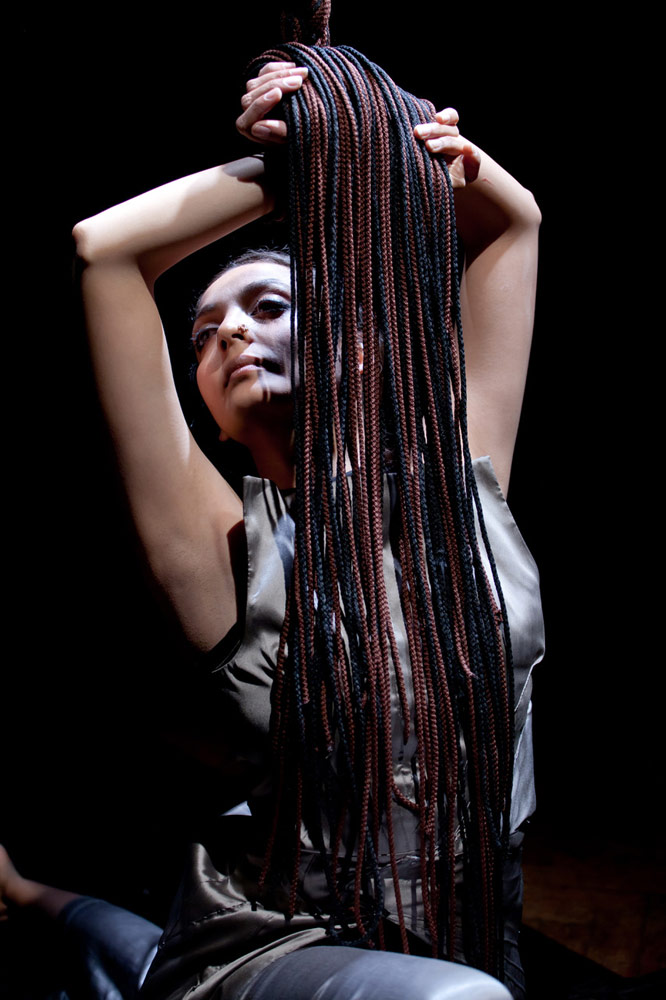
© Stephen Berkeley White. (Click image for larger version)
But let’s for a second take into consideration a certain blanket opinion that excludes a certain type of work, and in this example that would be narrative work. What happens when a work has the potential to reach new audiences, but that its accessibility in itself brands the work as falling into the realms of entertainment, over simplified, spoon feeding work (in the opinion of the programmer)(?).
Given that when dance is considered within the category of ‘art’ and maybe even ‘high art’, it may well not bring in a wider audience. And as an artist who is classically trained in an art form that is still relatively unfamiliar to many, I equally know that I don’t appreciate being expected to water down my work in the name of accessibility. So is there a way elitism and accessibility can co-exist in a piece of art work, or do they at once contradict and annihilate each other?
Is there a question of class and education that needs to be considered in this potential impasse?
Is the need to feel ‘clever’ enough to decipher, understand and appreciate whatever it is we call ‘high art’ something that fuels a conscious/subconscious need to maintain an intellectual hierarchy in the world of art vs entertainment?
In other words does it have to be difficult to be ‘good’ art? Does it have to have a white middle class aesthetic to be ‘good’ art?
And if there is room for other aesthetics that are more diverse, are these diverse art forms allowed a political space and voice that is not inherently seen through the lens of a very white middle class, or do we from diverse art forms have to tick the brown box, be easy to digest, be non-offensive work in order to be programmed?
It is a strange rock and hard place I find myself in – not Indian enough, too hard for our audiences (by being too Indian/classical), too intense, too narrative, ‘what can this work tell our (predominantly white liberal) audiences what they don’t already know (of the immigrant experience)?’, ‘why can’t you just pretend to be from india?’. Yes, I’ve been told and asked these exact things!
If I can be spoken to this way, and be expected to adjust my work accordingly, can we as artists challenge organisations, venues, programmers and tell them their choices are limiting, their programming is too homogenous, too white, too middle class, too tokenistic (?) – and would there be a will to change?
Disclaimer: please note that I want to be very clear and ingenuous about where I am coming from, and that as I have a tour of my work coming up that this is not about flagrant self-promotion or a sense of entitlement.







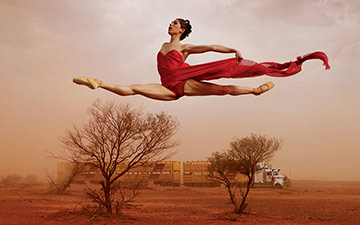


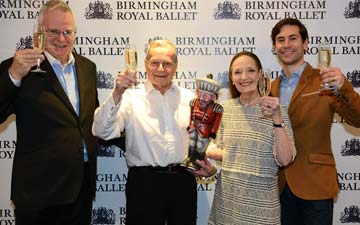

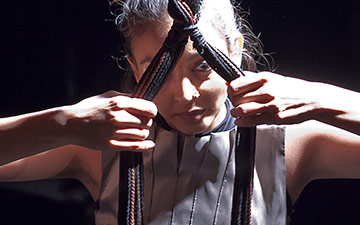

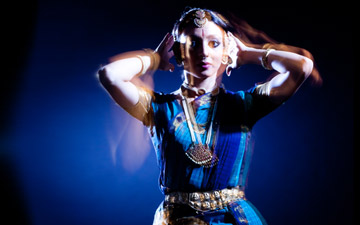

That is a shocking, and shockingly limiting response — narrative, abstraction, and everything in between, will always play a part in art.
Well said Marina. I was gobsmacked as well by such a narrow and blinkered view of what audiences need to see.
‘Narrative work…is just bad work’?? This is personal prejudice masquerading as aesthetic judgement.
Besides your own admirable work, I have seen tremendous narrative pieces by Ballet Lorent, Phoenix Dance and others. Much of Kenneth MacMillan’s finest work had a strong narrative thread.
It is one thing to say, we prefer to programme abstract pieces, quite another to dismiss an entire branch of dance.
Well, as something of an enthusiast for the work of Cathy Marston, that judgement would ban her from venues worldwide. I’m delighted to say that’s far from being the case.
An odd, narrow view – probably as well that the venue concerned isn’t named.
I am utterly astonished and bewildered by this view. Thank you Seeta for calling it out. It casts another whole light on the difficulties involved in bringing classical Indian dance forms into the British mainstream – not due to a lack of audience but due to the prejudices and unacknowledged cultural bias of programmers. We make sense of our lives by telling and retelling stories in different ways. To not see this is to have one’s own narrative so firmly embedded that you stop seeing it as narrative and regard it as ‘the truth’ – a very dangerous place to be…
Like Magdalen I thank Seeta for calling out the pseudo-intellectualism being used by many programmers as a ruse for giving us a seemingly endless selection of poorly conceived and realised abstract dance.
At a time when venues are bemoaning dwindling audiences for live performance and cross-genre collaboration is supported by major funding bodies it is astounding that many programmers continue to act as cultural colonialist. What’s wrong with challenging yourself as a programmer to get out of your aesthetic bubble and seriously engaging with diversity – be that in audiences and work?
Perhaps arts programming is the next frontier in desperate need of seismic disruption by ensuring people from diverse backgrounds and who come from outside of the system are given the opportunity to make performing arts meaningful to the majority again.
Ignorant, pretentious, doctrinaire and utterly wrong-headed.